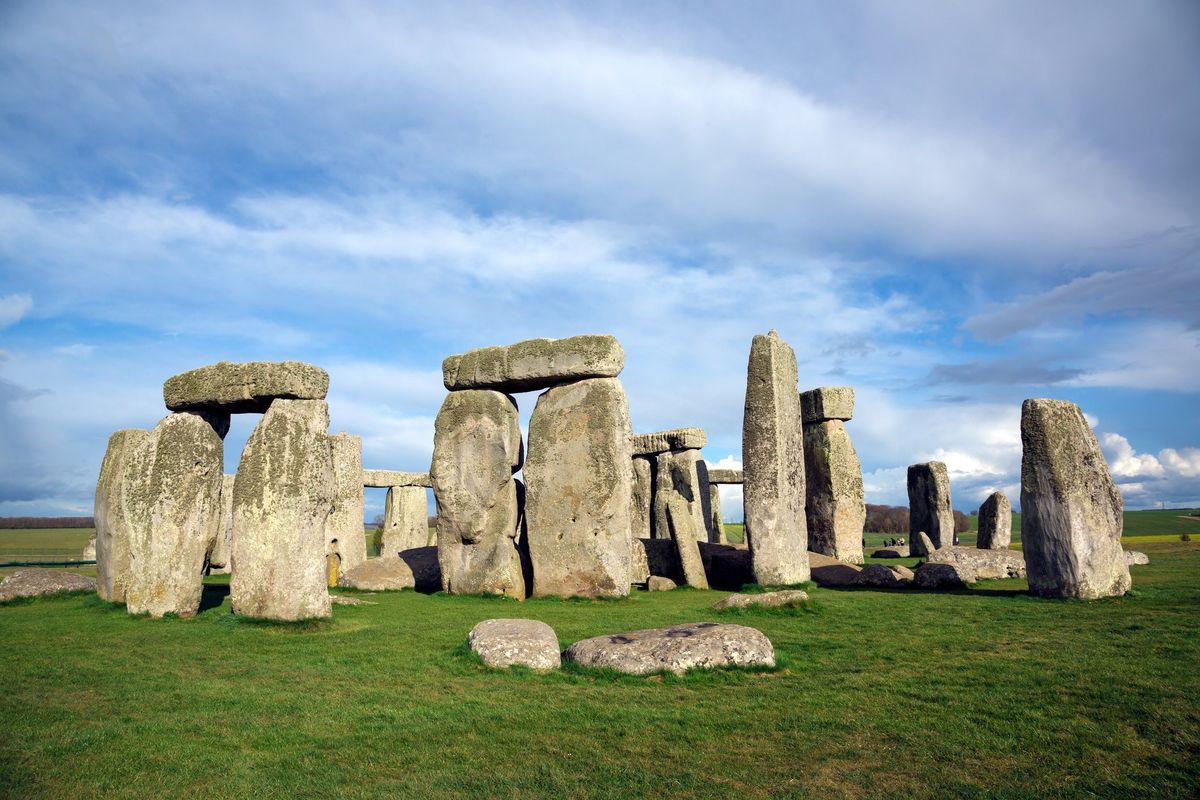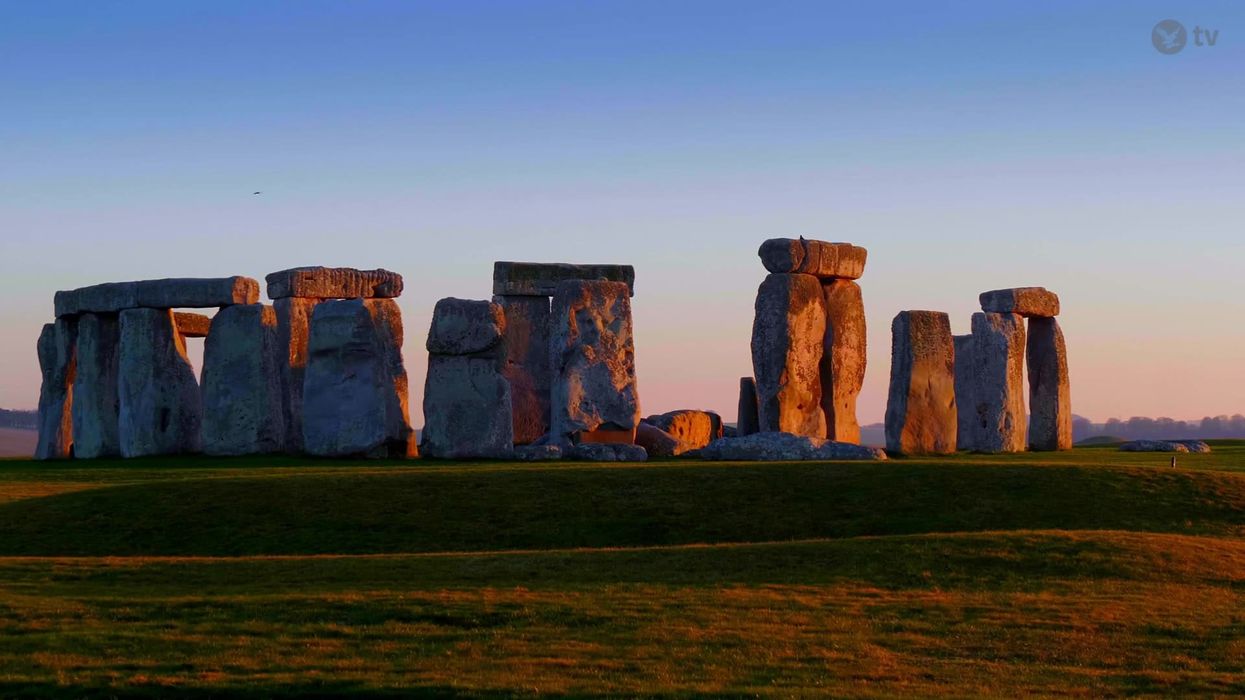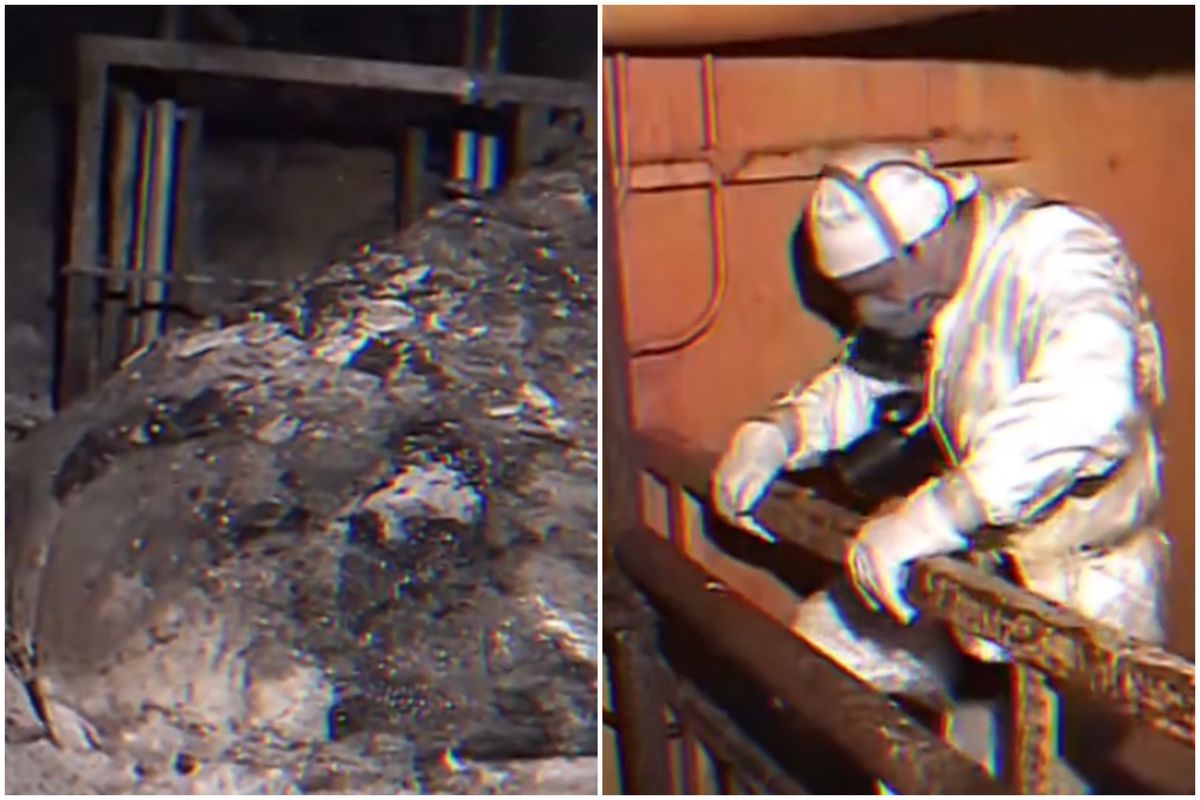Sinead Butler
Sep 07, 2025
Mystery of Stonehenge deepens after ‘jaw-dropping’ discovery
The Independent
To this day, Stonehenge remains a historical landmark that we continue to learn more about, especially with the discovery of a 5,000-year-old cow tooth, which could provide insight into its origins.
Scientists from the British Geological Survey, Cardiff University and University College London analysed the Neolithic tooth from a cow's jawbone first discovered in 1924 at the monument's south entrance.
Through this research, experts were able to estimate the origins of the tooth to the beginnings of Stonehenge (around 2995 and 2900 BCE) and that the animal had come from Wales.
“This is yet more fascinating evidence for Stonehenge’s link with south-west Wales, where its bluestones come from. It raises the tantalising possibility that cattle helped to haul the stones," explained Professor Michael Parker Pearson at UCL Archaeology.
During the analysis, the tooth was sliced into nine horizontal sections to understand the cow's diet, environment and movement by measuring carbon, oxygen, strontium and lead isotopes.

It revealed that the animal's diet changes according to the seasons, while strontium isotopes showed that the seasonal food sources came from different geological areas. Therefore, either the food was imported for the cow or the animal moved seasonally.
“This study has revealed unprecedented details of six months in a cow’s life, providing the first evidence of cattle movement from Wales as well as documenting dietary changes and life events that happened around 5,000 years ago. A slice of one cow tooth has told us an extraordinary tale and, as new scientific tools emerge, we hope there is still more to learn from her long journey," said Professor Jane Evans, BGS Honorary Research Associates.
Lead isotopes showed composition spikes from late winter to spring that were older than the metal in the rest of the tooth, which suggested the cow originally came from a place with Palaeozoic rocks, like ones that can be found in Pembrokeshire, Wales.
"The composition suggests the cow originated from an area with Palaeozoic rocks, such as the bluestones found in Wales, before moving to Stonehenge," the researchers said, indicating this is new evidence that suggests stones were transported via cattle about 125 miles from Wales to Salisbury Plain.
Richard Madgwick, professor of archaeological science at Cardiff University, said: “This research has provided key new insights into the biography of this enigmatic cow whose remains were deposited in such an important location at a Stonehenge entrance.
"It provides unparalleled new detail on the distant origins of the animal and the arduous journey it was brought on. So often grand narratives dominate research on major archaeological sites, but this detailed biographical approach on a single animal provides a brand-new facet to the story of Stonehenge.”
Previously, a 2015 study showed evidence that the sources of Stonehenge's 'bluestones' are from prehistoric quarrying in the Preseli hills in Pembrokeshire, 140 miles away from the landmark.
This research has been published The Journal of Archaeological Science.
Elsewhere from indy100, Mysterious 'underwater Stonehenge' discovered in Lake Michigan, and Stonehenge Altar Stone was transported 430 miles from Scotland, say scientists.
How to join the indy100's free WhatsApp channel
Sign up to our free indy100 weekly newsletter
Have your say in our news democracy. Click the upvote icon at the top of the page to help raise this article through the indy100 rankings.
Top 100
The Conversation (0)














